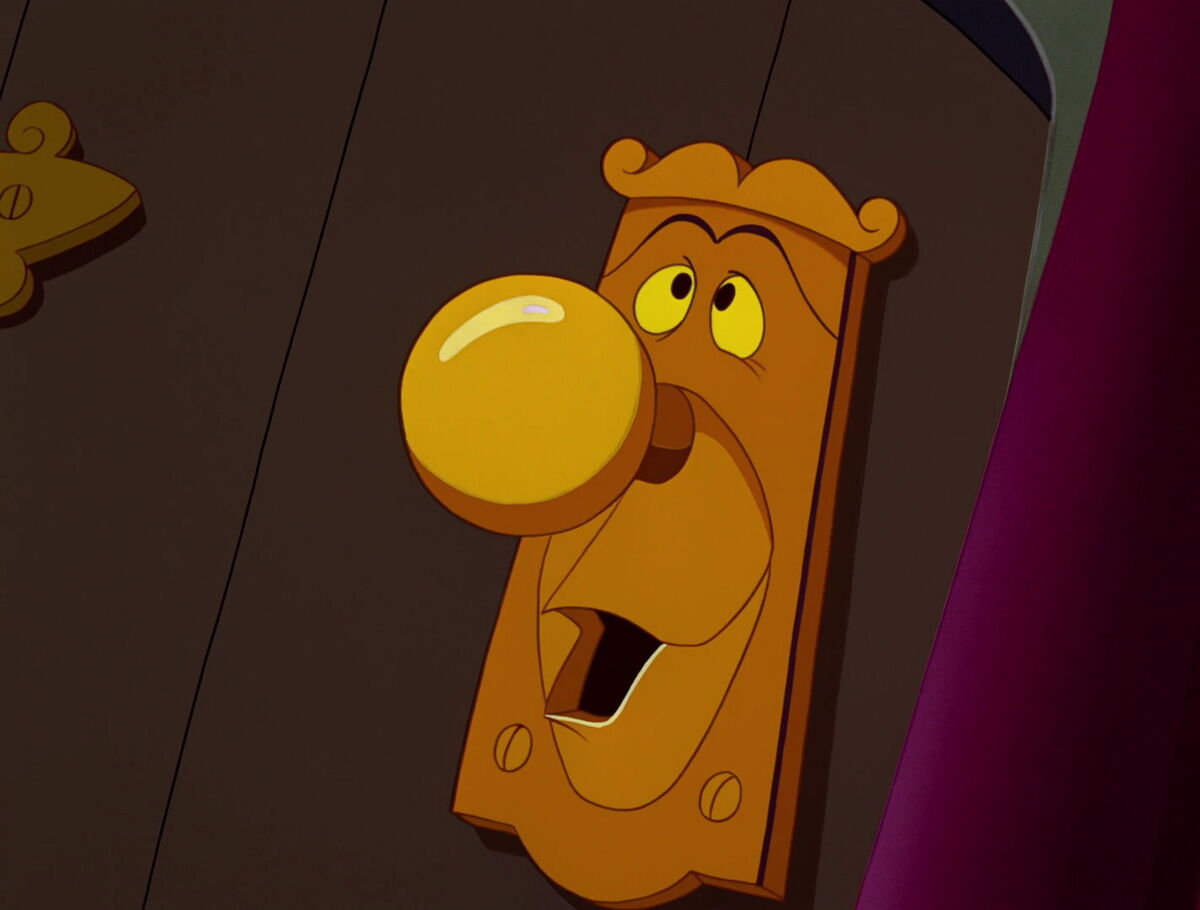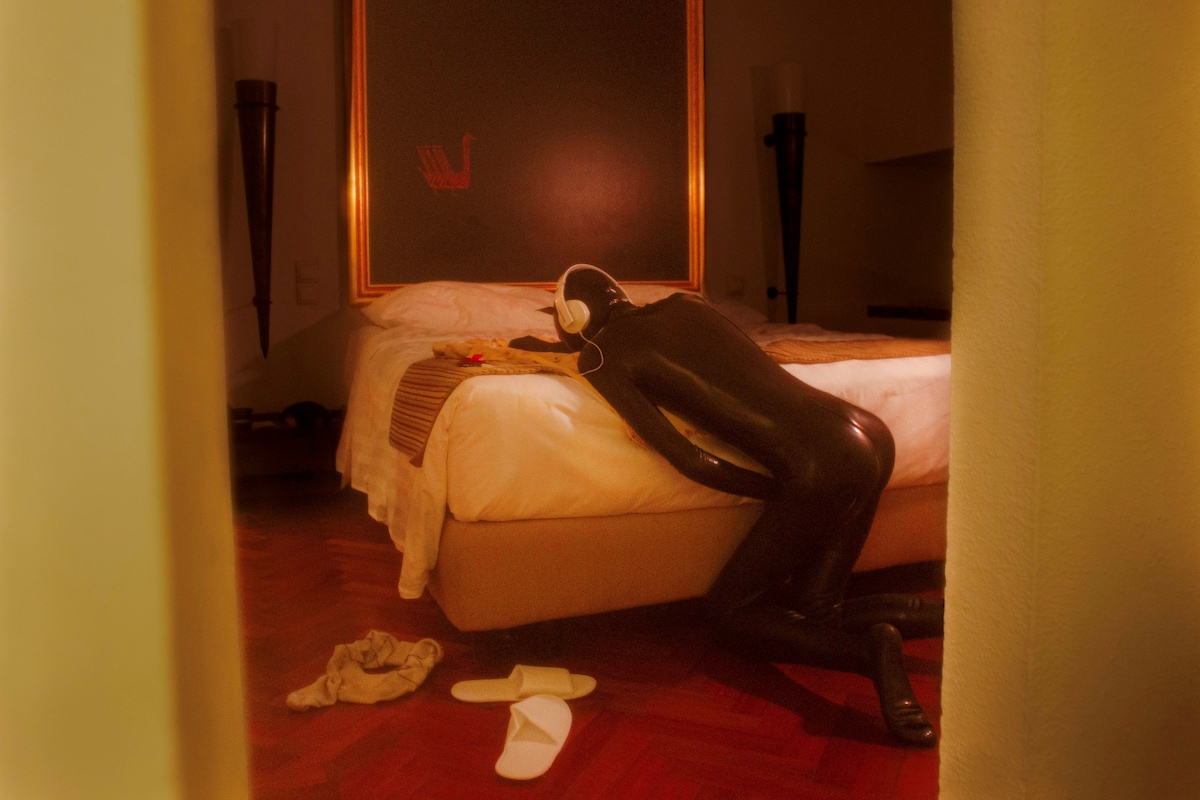NY TimesEven more than two decades after its release, continues to be one of the most recognized anime movies ever. Having conquered both critics and the audience, Spirited Away has sparked numerous debates regarding its symbolism. However,
In Spirited Away, Hayao Miyazaki gives a twist to other classic stories, like Alice in Wonderland, by making Chihiro's inner journey the core of the film, instead of just showing her experiences in a different realm. As a result,and the masterpiece of Hayao Miyazaki.
While the train ride has become a fan favorite moment thanks to the iconic frame of Chihiro sitting next to No-Face, it's true that it could be considered an extra, as some could argue that it doesn't advance the plot and only serves to showcase a change of location. However, it
After Kamaji gives up his ticket to her, Chihiro decides to embark on the train to meet Zeniba even though it is only a one-way ride. This proves her newly gained bravery, as initially,, but now she has matured and is willing to go to an unknown place without a secured return.

Related
Think You Know Studio Ghibli? Here Are 8 Facts Every Diehard Fan Should Know
Even the most dedicated and diehard Studio Ghibli fans might not know these 8 shocking and fun trivia facts about the iconic anime studio.
Moreover, Chihiro learned to appreciate her surroundings and move forward alone, maintaining a serene expression while observing the landscapes, determined to reach her destination for Haku's sake. As a result, , showing how Chihiro has learned to overcome the hardships and fears that come along with growing up without her realizing it.
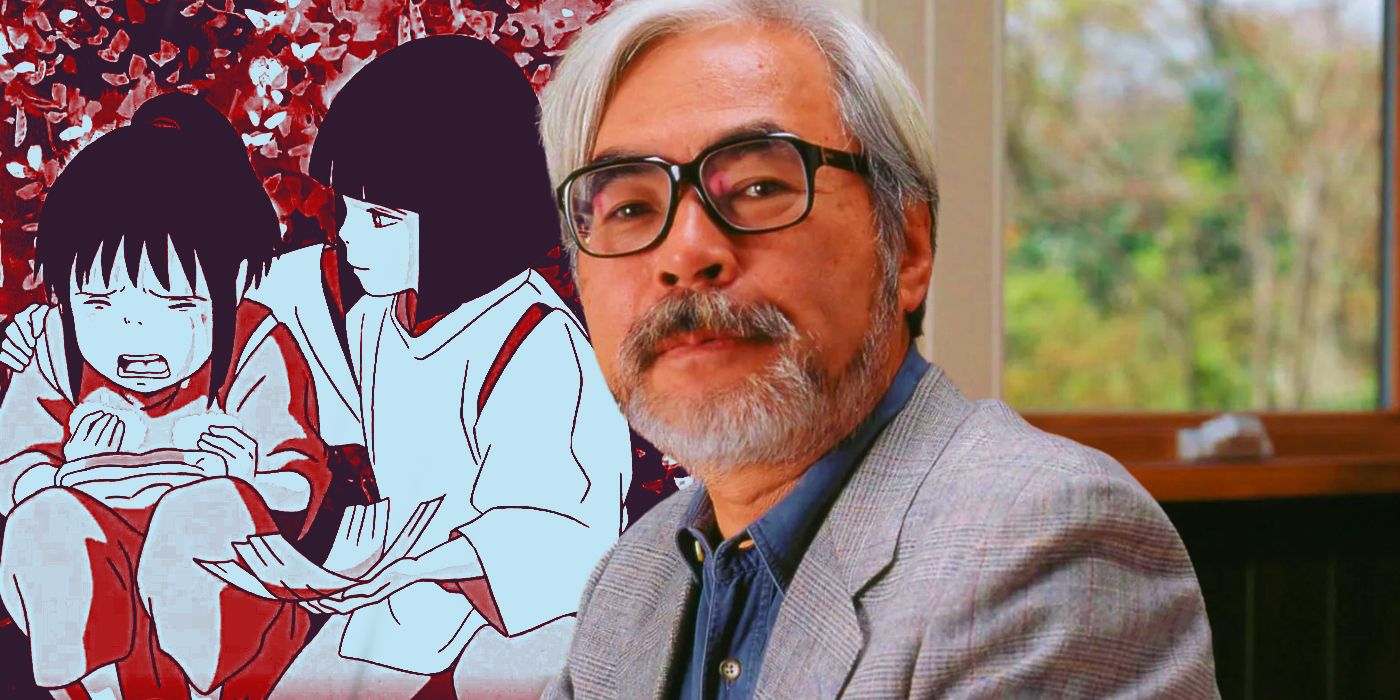
In an interview with Hayao Miyazaki in Paris at a press conference during the 2001 Nouvelles images du Japon,in relation to what he wanted to convey, emphasizing the feelings and importance of the inner journey itself instead of what happens on the outside.
What, for me, constitutes the end of the film, is the scene in which Chihiro takes the train all by herself. That's where the film ends for me. I remember the first time I took the train alone and what my feelings were at the time.
To bring those feelings across in the scene, it was important not to have a view through the window of the train, like mountains or a forest. Most people who can remember the first time they took the train all by themselves remember absolutely nothing of the landscapes outside the train because they are so focused on the ride itself. - Hayao Miyazaki.
. Chihiro has understood who she is and where she comes from after going back to the spiritual roots of the world, learning the importance of never abandoning her identity, and gaining a renewed sense of belonging and caring for others by going out of her way to help Haku and even letting No-Face accompany her.
By wanting to convey that feeling of taking a significant step towards adulthood, leaving behind what is known, the scenes convey an indescribable feeling of sadness, nostalgia, and melancholia to viewers, which is difficult to achieve in animation. This makes
Additionally, and digest the things that Chihiro had lived through until that point. Viewers have followed Chihiro as she experiences a great number of shocking events, having to get used to the atmosphere of Yubaba's bathhouse, which is stressful, crowded, and noisy.
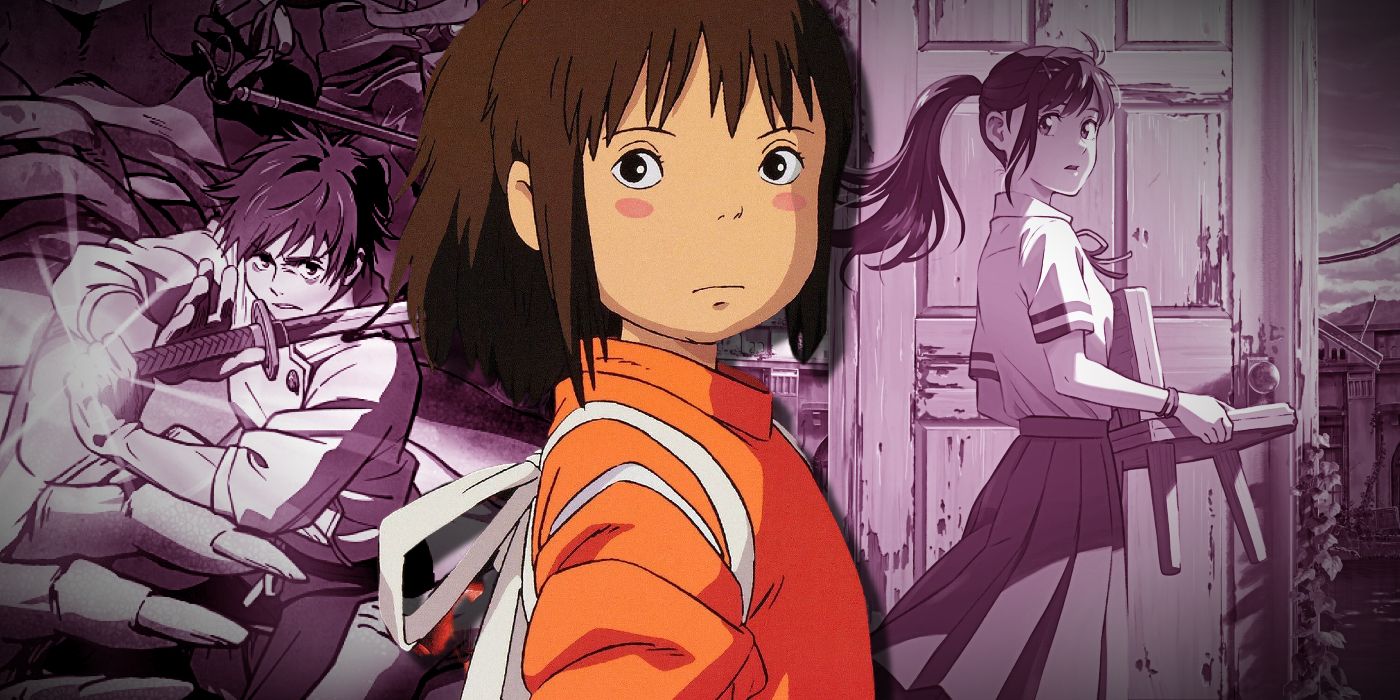
Related
Should Spirited Away Be Called Anime's Greatest Movie of All Time? Yes, and Here's Why
Hayao Miyazaki's Spirited Away is not just the best Studio Ghibli movie, it is the best anime movie ever created and we can prove it.
For this reason, the quiet train ride featuring Chihiro, Yu-Bird, Bo, and the No-Face, without speaking a single word for most of the scene, has a simplicity that contrasts with the excesses of Yubaba's bathhouse, which is meant to show greed, gluttony, and consumerism

In a 2002 interview by Roger Ebert to Hayao Miyazaki, the film critic commented on how Ghibli's films had a "gratuitous motion", referring to scenes that don't progress the story, but serve to give . To this, Miyazaki answered that the Japanese word for that is Ma, or emptiness, and is added intentionally in his films.
If you just have non-stop action with no breathing space at all, it’s just busyness. But if you take a moment, then the tension building in the film can grow into a wider dimension. -Hayao Miyazaki
that Chihiro witnessed through the train's windows, with the ride only interrupted by the haunting presence of the shadowy passengers as they get off at their stations, giving the short sequence that sense of stillness where emotions shine the most. The scene is elevated thanks to Joe Hisaishi's soundtrack, becoming one of the most breathtaking animation sequences by Miyazaki.
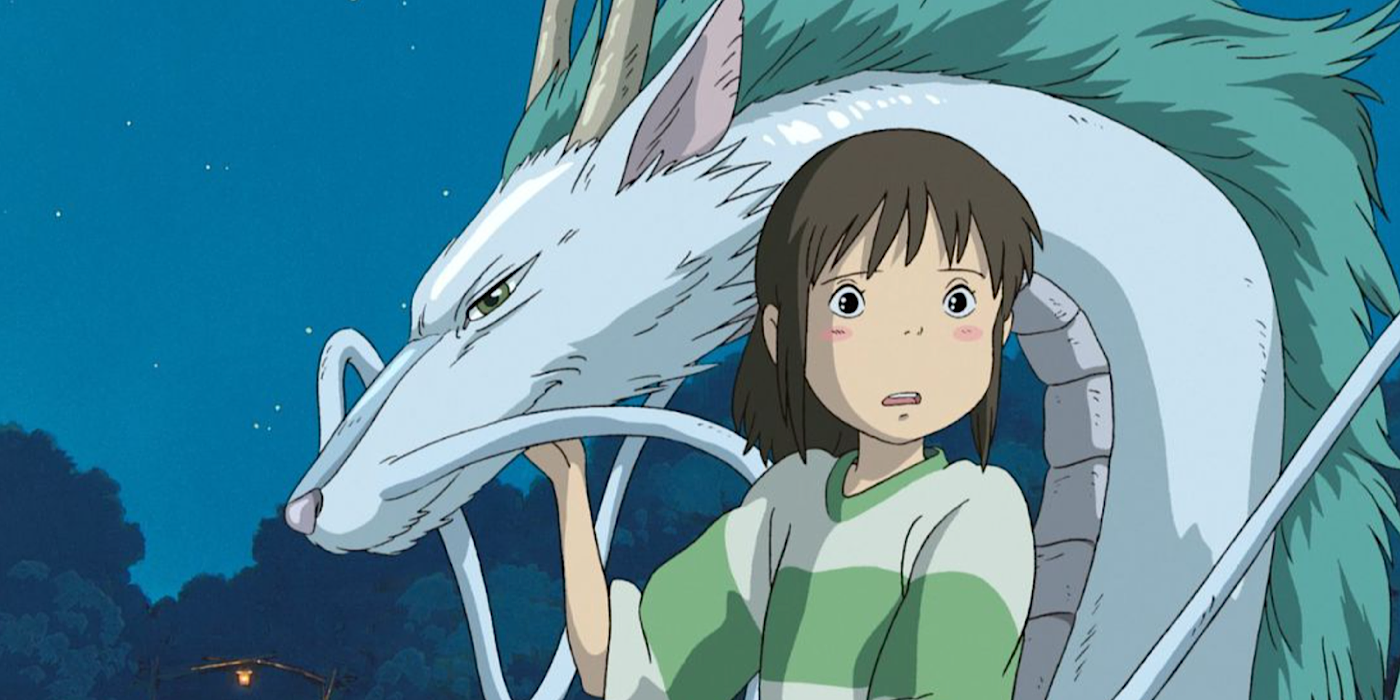
In a recent list published by the NY Times where 500 actors, directors and other big names in Hollywood took the task of ranking the best 100 films of the 21st Century, Spirited Away reached the 9th position, becoming the best-rated animated movie, surpassing fan-favorite Disney films like Wall-E and Up. This feat was only possible thanks to Miyazaki's unique approach to touching the emotional side of the viewers in Spirited Away.
What really matters is the underlying emotions–that you never let go of those. - Hayao Miyazaki.
Nevertheless, among Miyazaki's filmography, the train scene stands out due to its attention to detail, displaying how long the trip was in the darkness as the night fell, which is elevated thanks to Joe Hisaishi's soundtrack. Because of this care and compromise to transmit its message, the train ride became
Source: Midnight Eye, Roger Ebert. NY Times.









